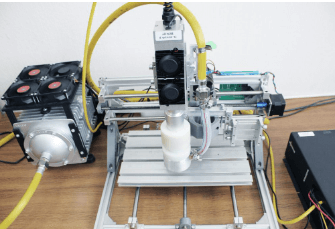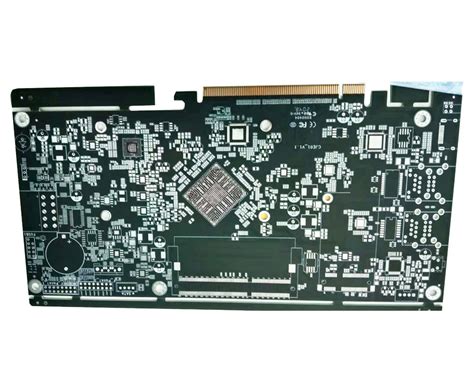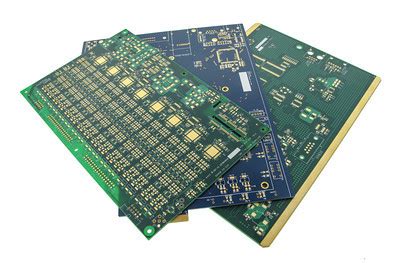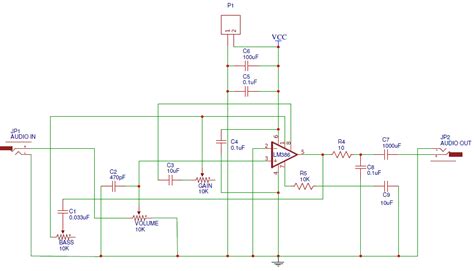Applications of Laser Cutting Machines in the PCB Industry and Industrial Fields
Introduction
Laser cutting technology has revolutionized modern manufacturing, offering precision, speed, and versatility. In the Printed Circuit Board (PCB) industry and broader industrial applications, laser cutting machines have become indispensable tools. They enable high-precision processing of various materials, including metals, plastics, ceramics, and composites. This article explores the key applications of laser cutting machines in PCB manufacturing and other industrial sectors, highlighting their benefits and future trends.
1. Laser Cutting in the PCB Industry
PCBs are essential components in electronic devices, requiring high precision in fabrication. Traditional mechanical cutting methods often cause burrs, stress, and delamination, whereas laser cutting provides a non-contact, high-accuracy alternative.
1.1 PCB Drilling and Microvia Formation
Laser cutting machines, particularly UV lasers and CO₂ lasers, are widely used for drilling microvias (tiny holes) in PCBs. These microvias enable high-density interconnects (HDI) in modern electronics.
- Advantages:
- High Precision: Lasers can drill holes as small as 10-50 microns with exceptional accuracy.
- No Mechanical Stress: Unlike mechanical drills, lasers eliminate tool wear and material deformation.
- Speed: Faster than traditional drilling, improving production efficiency.
1.2 PCB Routing and Cutting
Laser cutting is used to separate PCBs from panels (depanelization) and create complex shapes.
- Fiber Lasers and UV Lasers are commonly used for:
- Flexible PCBs (FPCs): Cutting without damaging thin substrates.
- Rigid PCBs: Precise contouring without cracks or burrs.
1.3 Solder Mask Removal and Trimming
Lasers help in selective removal of solder masks for rework or fine-tuning circuit connections.
- Pulsed Lasers ensure controlled ablation without damaging underlying copper traces.
1.4 Laser Direct Structuring (LDS)
Used in 3D-MID (Molded Interconnect Devices), lasers activate circuit patterns on plastic components, enabling antenna and sensor integration in compact devices.

2. Industrial Applications of Laser Cutting Machines
Beyond PCBs, laser cutting machines are widely used in automotive, aerospace, medical, and consumer electronics industries.
2.1 Metal Fabrication
Fiber lasers dominate metal cutting due to their high power and efficiency.
- Automotive Industry: Cutting chassis, exhaust systems, and body panels.
- Aerospace: Precision cutting of turbine blades and lightweight alloys.
- Medical Devices: Manufacturing stents, surgical tools, and implants.
2.2 Plastic and Composite Cutting
CO₂ lasers are ideal for plastics, acrylics, and composites.
- Electronics Housings: Cutting smartphone casings and wearable devices.
- Automotive Interiors: Fabricating dashboards and interior trim.
2.3 Ceramic and Glass Processing
Ultrafast Lasers (Picosecond/Femtosecond) enable clean cuts in brittle materials.
- Semiconductor Industry: Cutting wafers and ceramic substrates.
- Consumer Electronics: Processing Gorilla Glass for smartphones.
2.4 Textile and Leather Industry
Lasers provide intricate patterns without fraying or deformation.
- Apparel: Custom designs and perforations.
- Automotive Upholstery: Precision leather cutting for seats.
2.5 Additive Manufacturing and 3D Printing
Laser cutting supports post-processing of 3D-printed parts by removing supports and refining edges

.
3. Advantages of Laser Cutting Over Traditional Methods
- Higher Precision: Sub-millimeter accuracy.
- Non-Contact Process: No tool wear or material contamination.
- Flexibility: Easily adjustable for different materials and designs.
- Automation Compatibility: Integrates with CNC and robotic systems.
- Reduced Waste: Optimized material usage.
4. Future Trends in Laser Cutting Technology
- AI and Machine Learning: Smart laser systems for adaptive cutting.
- Green Lasers: Improved efficiency for copper and gold processing.
- Hybrid Systems: Combining laser cutting with additive manufacturing.
- Ultrafast Lasers: Expanding applications in semiconductors and medical devices.
Conclusion
Laser cutting machines have transformed PCB manufacturing and industrial production by enabling high precision, efficiency, and versatility. From microvia drilling in PCBs to metal fabrication in aerospace, lasers continue to drive innovation. As technology advances, their applications will expand further, solidifying their role in modern manufacturing.
By adopting laser cutting solutions, industries can achieve superior quality, reduced waste, and increased productivity, ensuring competitiveness in an evolving technological landscape.






